Limited research has been done on the occupational hazards faced by Indigenous peoples
Despite their higher death rate from injury, there is little understanding about the occupational hazards faced by Indigenous people
Peer-Reviewed PublicationIMAGE: LEE FRIEDMAN AND BRETT SHANNON OF THE UIC SCHOOL OF PUBLIC HEALTH. view more
CREDIT: JOSHUA CLARK/UNIVERSITY OF ILLINOIS CHICAGO.
National data has consistently shown that Indigenous people in the United States, Canada, Australia and New Zealand are two to three times more likely to die from injury than non-Indigenous people.
However, very little research has been done by the public or private sectors on the occupational hazards Indigenous people face, according to a new University of Illinois Chicago study published in the British Medical Journal of Occupational Health and Medicine.
Brett Shannon and Lee Friedman of the UIC School of Public Health examined research evaluating both Indigenous workers and adult workplace injuries in the four countries since 1970. After examining more than 1,500 peer-reviewed studies that met basic search criteria, they found only 51 studies featuring Indigenous occupational health data published in the last 50 years. Roughly half had been published after 2010.
Half of the studies reported higher rates of workplace injury or illness for Indigenous people compared with non-Indigenous people, with the greatest differences observed in farming injuries, workplace violence, work injuries requiring hospitalization and fatal injuries.
None of the studies explored how environmental hazards at work impacted Indigenous people with chronic conditions like diabetes or asthma.
Only 13 of the 51 studies focused on Indigenous people exclusively. The majority of papers identified Indigenous people as a subset of a larger sample of workers. In nearly half the publications, the number of Indigenous people studied was less than 100, and only seven of the scholarly articles had an Indigenous author.
“There’s so little information,” said Shannon, a UIC doctoral candidate and descendent of the Australian Ngugi people. “If someone has diabetes or chronic heart disease, they’re at risk of poorer outcomes without medical intervention following a work injury. And there’s psychosocial factors that require consideration as well.”
He noted that only one of the studies focused on occupational injuries that were psychological, revealing a failure to meet the holistic definition of health and well-being set by many Indigenous communities.
The UIC study made recommendations for increasing research on the occupational health of Indigenous people, so that strategies for preventing death and injury can be developed.
A major challenge to understanding Indigenous occupational health is that employers and workplace insurers do not share consistent ways of identifying Indigenous workers in their record-keeping. Notable exceptions Friedman and Shannon found included New Zealand and the Canadian province of British Columbia, where workers’ compensation data systematically identified Indigenous people and was easily accessible for occupational health research.
Another challenge is that Indigenous people themselves do not always have the resources and incentives to lead research and data collection. However, Shannon has been working with Indigenous leaders and occupational health professionals from all four countries to develop best practices for capturing data and for promoting occupational health research as a profession.
He is also helping Indigenous students at UIC, one of the most diverse universities in the U.S., to advocate for themselves. He and fellow doctoral student Zoë Harris, a member of the Mashpee Wampanoag tribe, will hold the first meeting of the Indigenous Graduate Student Association on campus this month.
The study, “Systematic scoping review of occupational health illnesses and injuries among Indigenous workers,” is published in the British Medical Journal of Occupational Health and Medicine.
METHOD OF RESEARCH
Literature review
SUBJECT OF RESEARCH
Not applicable
ARTICLE TITLE
Systematic scoping review of occupational health injuries and illnesses among Indigenous workers
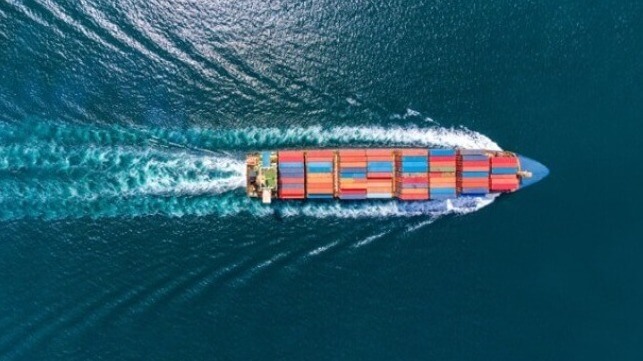
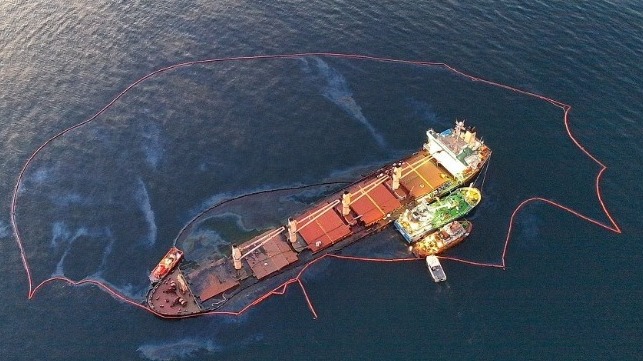
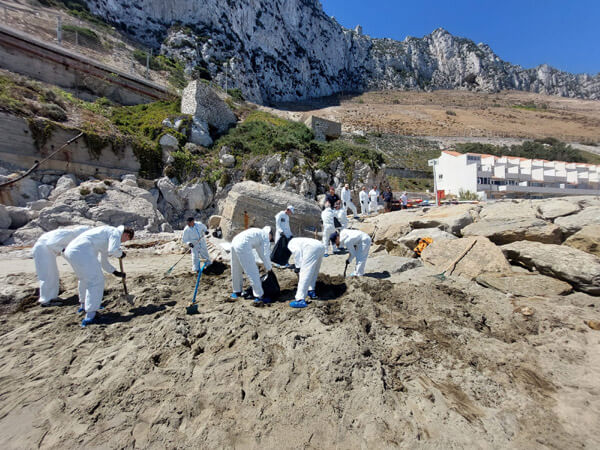
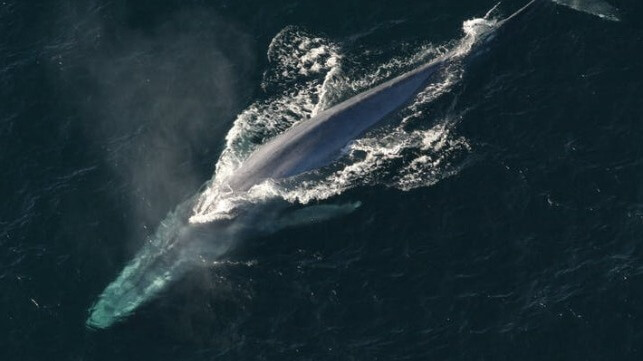
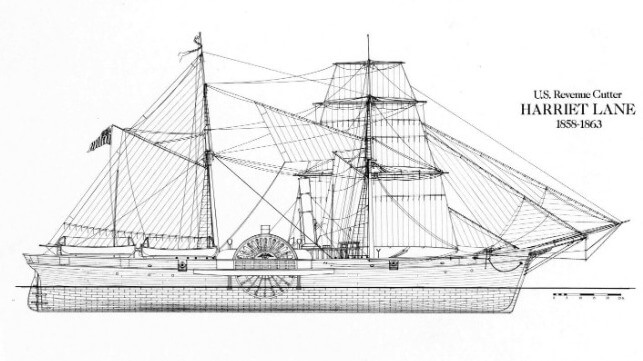
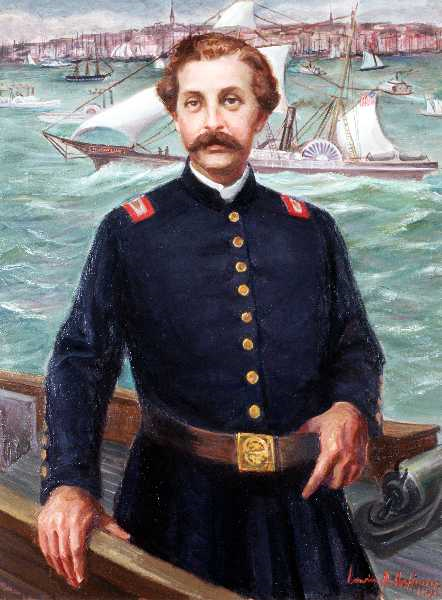 . . . [Captain] Fraser opposed an Assistant Secretary of the Treasury, and this official’s hostility proved fatal to the Captain’s long career: by an arbitrary abuse of power, the administration in 1856 revoked his commission summarily. Both indefensible and stupid, this action resulted wholly from personal animosity and cost the government one of the most far-sighted and loyal men who ever sailed in the Revenue-Marine. - Stephen Evans, The United States Coast Guard: A Definitive History
. . . [Captain] Fraser opposed an Assistant Secretary of the Treasury, and this official’s hostility proved fatal to the Captain’s long career: by an arbitrary abuse of power, the administration in 1856 revoked his commission summarily. Both indefensible and stupid, this action resulted wholly from personal animosity and cost the government one of the most far-sighted and loyal men who ever sailed in the Revenue-Marine. - Stephen Evans, The United States Coast Guard: A Definitive History



